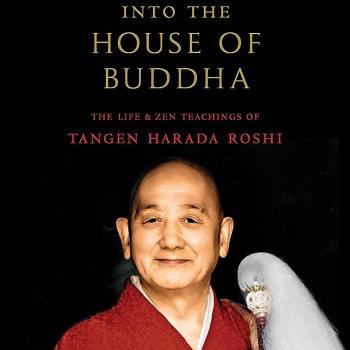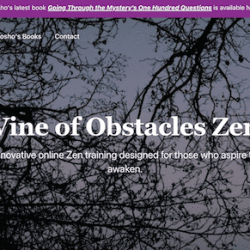 I imagine that like you, dear reader, today I’m reflecting on 2012 and wondering about 2013.
I imagine that like you, dear reader, today I’m reflecting on 2012 and wondering about 2013.
For me 2012 was a year of several important shifts. One child graduated from high school. Another bloomed into a young man, driver’s test looming. I completed my last professional license this lifetime and am already looking forward to a career change.
I’m passionate about my work in education, you see, and there’s another adventure that I’m eager to go on that is slowly taking shape. I’m hoping Bill Clinton is right about 60 being the new 40!
What is that adventure? Here’s a passage from today’s Writers Almanac:
It’s the birthday of painter Henri Matisse (1869), born in Le Cateau-Cambrésis, France. As a child and a young man, he had no interest in art. He went to law school in Paris and never visited a single museum while he was there. Had it not been for a case of appendicitis, he might never have become an artist. Bedridden for several weeks during his recovery, he took up painting at the suggestion of a neighbor, as a way to pass the time. It was a revelation. He later said: “From the moment I held the box of colors in my hands, I knew this was my life. I threw myself into it like a beast that plunges towards the thing it loves.”
For me, it was a copy of Three Pillars of Zen that a friend sent me during the summer of 1977. Holding it in my hands, I knew I’d found my life’s work.
Many years later I had the chance to tell the ailing Phillip Kapleau Roshi, wrapped in a blanket and propped up in a wheel chair, “Your book changed my life.”
Kapleau Roshi looked up at me and with an impish grin said, “For the better, I hope.”
Today I consider myself blessed to have discovered Zen at 21 and so have had these years to play. Now I’m getting ready to be more available to offer Zen training to others.
What about you? What are you devoted to? What are you willing to put your life on the line for?
There’s an interesting word in general Buddhism for this – “dharani.” The Sanskrit means “to hold or maintain.”
Cleary notes, “A dharani is a mystical incantation in which teachings are concentrated; in Zen literature this term is sometimes used loosely to refer to spiritual realization.”
And according to Wikipedia, “Kūkai … argued that every syllable of a dharani was a manifestation of the true nature of reality – in Buddhist terms, that all sound is a manifestation of shunyata or emptiness of self-nature. Thus, rather than being devoid of meaning, Kūkai suggests that dharanis are in fact saturated with meaning – every syllable is symbolic on multiple levels.”
So “dharani,” what we hold and maintain, is itself a manifestation of true-nature and “symbolic on multiple levels.”
Or as the French philosopher Latour puts it, “I am what I’m attached to.”
Whatever it is, here’s a traditional Soto Zen prayer for the New Year.
Dharani is wondrous medicine which cures the confusions and illnesses of all living beings.
Like heavenly ambrosia, it brings repose and bliss to the receiver.
May all awakened ones extend their luminous mirror wisdom through the three treasures.
On this auspicious occasion of the New Year 2013, we heartily chant the Prajna Paramita Hridaya Sutra and the Daihishin Dharani and dedicate their virtue and energy to all Bodhisattva Mahasattvas, all guardians protecting the Dharma, and this practice place.
May Bodhisattva Mahasattvas purify inside and outside and promote our training in the Buddha Way in peace and harmony together.











